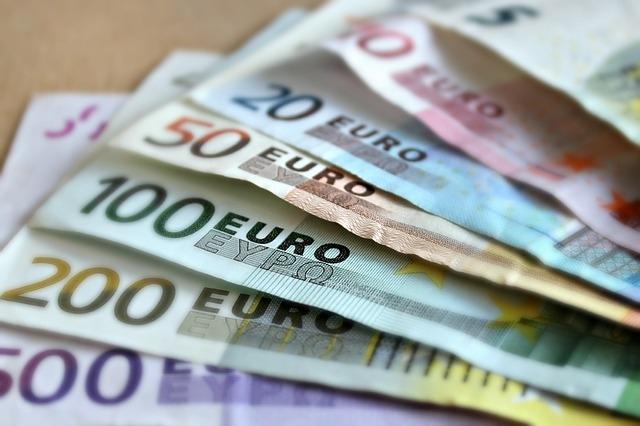BNY Mellon: EUR Coming Back Into Focus
BNY Mellon: EUR Coming Back Into Focus

By Simon Derrick, Chief Currency Strategist, BNY Mellon
- Eurozone concerns helped dampen positive mood going into end of last week
- Heightens attention on March 7 ECB meeting
- EUR's poor performance a possible warning signal
It’s a measure of the shifting focus of the FX markets that the end of last week was not dominated by the Fed "put" (although, in fairness, its reemergence had been well flagged since late November), the end of the latest leg of the US/China trade talks or even Brexit.
Instead, markets were focused on the increasingly downbeat growth story for the eurozone (something echoed in the UK PMI data on Friday).
Perhaps the clearest indication came just after 1600 GMT on Thursday afternoon when a number of the more sensitive indicators of risk sentiment began to signal a more cautious tone emerging.
This shift coincided with unusually gloomy comments from Bundesbank President Jens Weidmann. He stated that "contrary to our forecast from December, the dip in growth is likely to extend into the current year".
Building on this, he noted: "From today's perspective, therefore, the German economy will probably grow well below the potential rate of 1.5% in 2019". Adding to the mood, he said that "uncertainty about further economic development is high and for Germany the downside risks prevail”.
He proved equally downbeat on the inflation outlook, arguing that "from today's perspective, the drop in crude oil prices in particular will result in inflation probably coming in noticeably lower this year than expected by the [ECB] in December".
Mr Weidmann’s comments came at the end of what had already proved a gloomy day for European markets thanks to disappointing eurozone GDP data for Q4 (1.2% y/y growth, down from 1.6% y/y in Q3, and numbers for Italy indicating the country is slipping into recession) and a Bloomberg report that Deutsche Bank is expecting a government-brokered merger with Commerzbank by mid-year, if efforts to restructure fall short of targets.
It was hardly surprising then that the yield on the 10-year Bund came very close to hitting its lowest level in almost two years.
The first point to be drawn from this is a simple one: if Germany has proved the engine for the eurozone's recovery then the stall must be of concern to the bloc as a whole.
This, in turn, adds to the idea that the March 7 meeting of the ECB will prove critical. It is therefore worth recalling how significant ECB meetings have proved since the start of 2015 in driving volatility.
The second point to be made is also simple: the reassertion of the Fed put on Wednesday evening provided the catalyst for significant rallies in a number of currencies, as well as gold.
However, the EUR couldn’t even make it to its early January high on the back of this. This is as good an indication as any that the downside risks for the single currency are building.
Given this, the continued flattening of the three-month and six-month 25 delta risk reversals, along with at-the-money forward implied volatility trading at its lowest levels since April of last year (see below), suggests a market that could prove ill-prepared for such a move.

